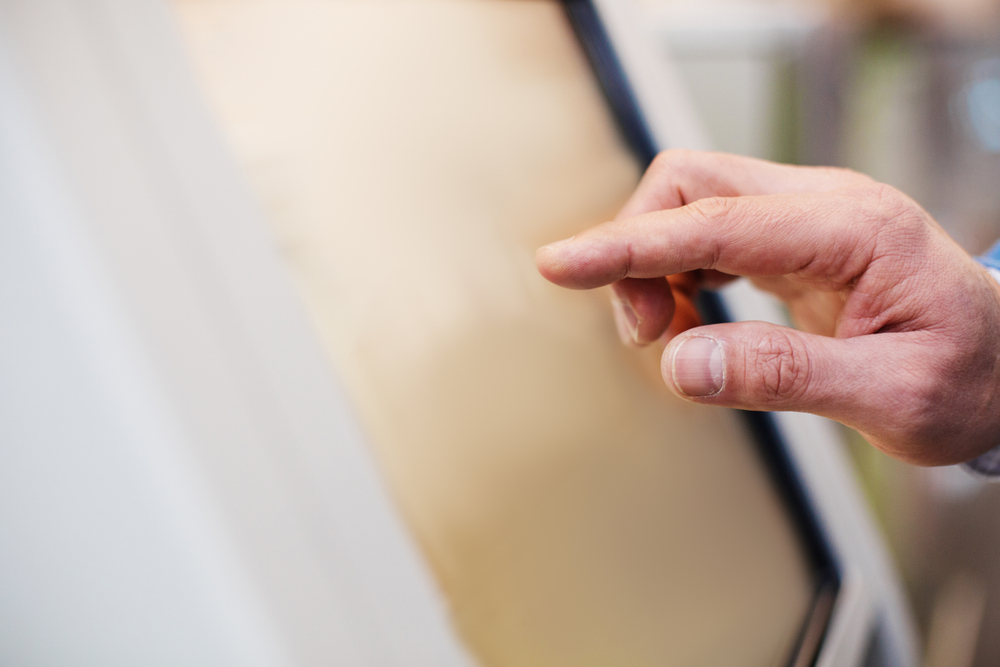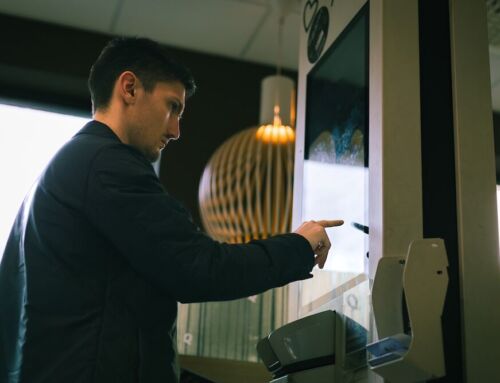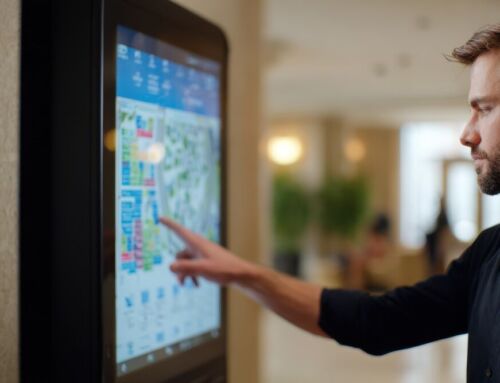Kiosks are already a familiar sight in many of the places we work, shop and socialise. You probably already use them on a regular basis, when using self-checkout at the supermarket, when ordering a meal at certain fast food chains, when checking in your baggage for a flight. The list goes on.
But the truth is, we’re only at the very beginning of our journey exploring what kiosks can be used for. Exciting, innovative new uses are emerging all the time. The pandemic has no doubt helped things along, as we look for ‘contactless’ solutions in public spaces that help to keep a safe social distance between people.
The opportunities for where kiosk technology can be applied are boundless. Here are three exciting use cases that might not have even occurred to you.
Access and Authentication
Digital entry systems are nothing new. But for many years they have mainly relied on authorised personnel carrying around some kind of card or fob which they swipe to gain entry to premises. Issues arise when said cards or fobs are lost.
Modern kiosks can be fitted with cameras or biometric scanners. With this kind of system, you no longer need people to carry around cards for access and authorisation purposes. Facial or fingerprint recognition software does the job.
This has a huge range of potential uses, from on-premise security control and reception to things like registration and cashless canteens in schools.
Document Authorisation
Even though we are moving rapidly towards a digital society, paperwork still has its place. Many official documents, from passports to contracts to marriage certificates, were issued as paper copies well before the digital age. And still are today, for that matter. Using documents like these as proof of ID is still commonplace for a wide range of reasons, from having a bank loan approved to registering for a new job.
Scanner technology provides an alternative to manual document checks. Rather than asking people to wait in line to have their papers authorised for, say, a visa application, a benefits claim or a mortgage, you can now have self-service kiosks fitted with powerful HD scanners that let people do it themselves.
Digital Catalogues
One big disadvantage bricks and mortar shops are at compared to ecommerce sites is limited merchandising space. In a shop, you can only display (and stock) so many items at a time. With a website, you can make as many products available as you like.
One clever way retailers are getting around this limitation is the so-called ‘infinite aisle’. This involves having kiosks next to shelves and displays of merchandise. As well as what they can see right there in front of them, the kiosk lets customers browse a digital catalogue to explore other options.
This use of kiosks to blur the lines between physical and online retail is particularly useful to vendors that have more product variations (e.g. size and colour) than they can show in store. Kiosks can also be used in a similar way as information points, allowing customers to look up product details the way they would online.
To find out more about using kiosks for identification, information, and of course for serving your customers, contact our team of experts today.




